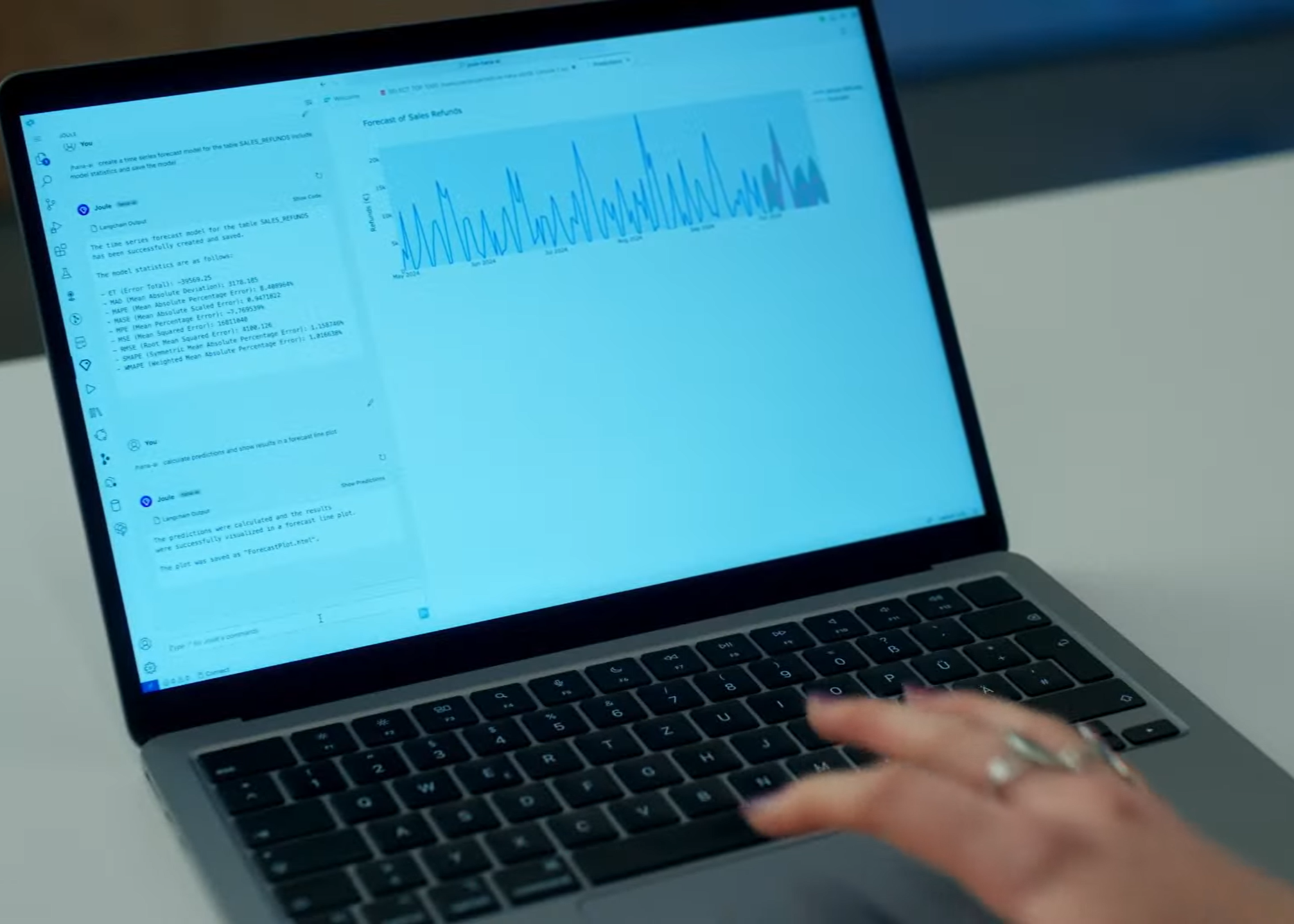Product of the Day
TechEd 2024: SAP supercharges Copilot Joule
SAP’s generative AI business assistant receives new capabilities, including collaborative AI agents, writes JASON BANNIER.
Joule, SAP’s AI business assistant, has been enhanced with new features, including collaborative AI agents that expand the platform’s capabilities.
Announced during the online SAP TechEd 2024 conference yesterday, these agents are designed to support 80% of SAP’s most-used business tasks. They embed Joule more deeply across SAP’s portfolio and enhancing productivity by breaking down silos, said the software maker.
“SAP’s innovation drives real business outcomes, and today’s advancements help customers harness the power of AI, data, and new development solutions to catalyse growth,” said Muhammad Alam, member of the SAP executive board.
“Drawing on SAP’s unmatched business and technology expertise, the AI innovations we’re announcing at TechEd forge a new human-AI partnership to transform the landscape of modern business.”
Joule Studio, a development tool that allows users to build and customise applications using Joule’s AI capabilities, is now integrated into SAP Build. A low-code app development platform, Build enables both business users and developers to create and deploy custom Joule skills.
Michael Ameling, EVP and chief product officer of SAP said: “We are making Joule even more flexible and useful with Joule Studio in SAP Build. It allows partners and customers to create and deploy custom Joule skills.”
Joule has also expanded to include collaborative AI agents that autonomously handle intricate business workflows, adapting their strategies to meet shared objectives. These multi-agent systems tackle specific tasks, allowing them to work together on complex business processes.
“Joule now goes Agentic,” said Ameling. “Specialised AI agents work autonomously together to solve complex problems.”
New improvements to the ABAP (Advanced Business Application Programming) large language model (LLM) were introduced. This LLM, trained on over 250-million lines of SAP S/4HANA Cloud code, is now integrated into the open-source Eclipse framework, providing ABAP developers with enhanced tools for development. Currently available to select customers and partners in an early adopter version, the ABAP LLM is expected to be generally available in the first quarter of 2025.
SAP Build is launching new AI-driven features like code explanation and documentation search, aimed at reducing development time for Java and JavaScript developers. The platform’s Extensibility Wizard will let developers access SAP Build directly from SAP S/4HANA Cloud Public Edition, simplifying the process of extending SAP solutions.
Two real-world use cases were highlighted during the event:
- Dispute management: Autonomous AI agents analyse and resolve disputes related to invoices, unapplied credits, and denied payments.
- Financial accounting: AI agents automate key financial tasks such as bill payments and ledger updates while quickly addressing inconsistencies.
SAP Knowledge Graph
SAP also unveiled the SAP Knowledge Graph, a solution designed to unlock more value of SAP data by connecting it with rich business context. Accessible through SAP Datasphere and Joule in early 2025, it will help users map relationships across SAP’s vast data landscape, empowering better decision-making.
“By combining the knowledge graph engine with the vector engine, you can harness the power of structured and unstructured data,” said Ameling. “This is enabled through a triple store implementation graph data processing and analytical capabilities via SPAR-QL. As such, the knowledge graph engine can also enhance work scenarios and make them even more precise and relevant.”
* Visit the SAP website here.
* Jason Bannier is a data analyst at World Wide Worx and writer for Gadget.co.za. Follow him on Twitter and Threads at @jas2bann.



















